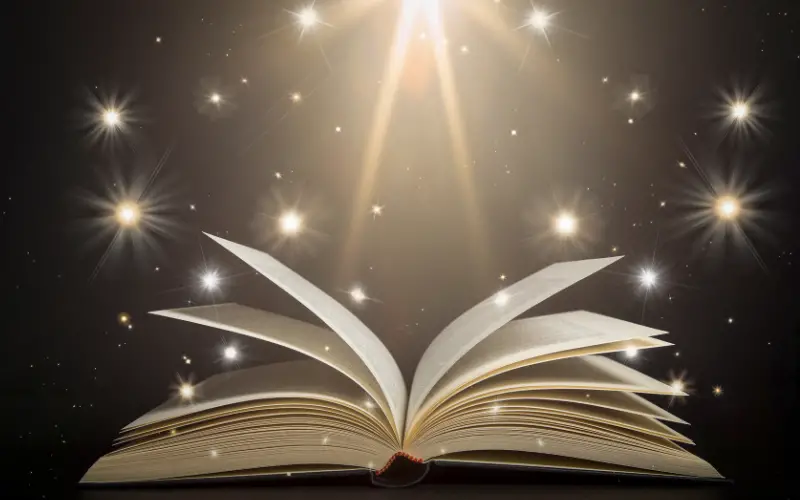
Embarking on a literary journey often begins with that very first step—the opening line of a book. A great first line has the power to captivate, intrigue, and set the tone for the entire narrative that follows. In this exploration, we will delve into the beginnings of some of literature’s most celebrated works, analyzing the initial sentences that have become iconic in their own right. These first lines are more than just introductions; they are gateways into the imagination, portals through which readers step into the realms of timeless literary classics. Let’s unravel the magic concealed within the first words of 15 famous books and unravel the literary significance that has made them enduring gems.
The List of the 15 Most Famous First Lines from Classic Books
1. Pride and Prejudice
Jane Austen (1813)
“It is a truth universally acknowledged, that a single man in possession of a good fortune, must be in want of a wife.”
The opening line of Jane Austen’s “Pride and Prejudice” introduces the theme of marriage and social expectations through irony, challenging societal norms of the time. It critiques the pressure on wealthy single men to marry, highlighting gendered expectations and class dynamics prevalent in the early 19th century. Austen adeptly uses this phrase to set the stage for the novel’s exploration and critique of these themes.
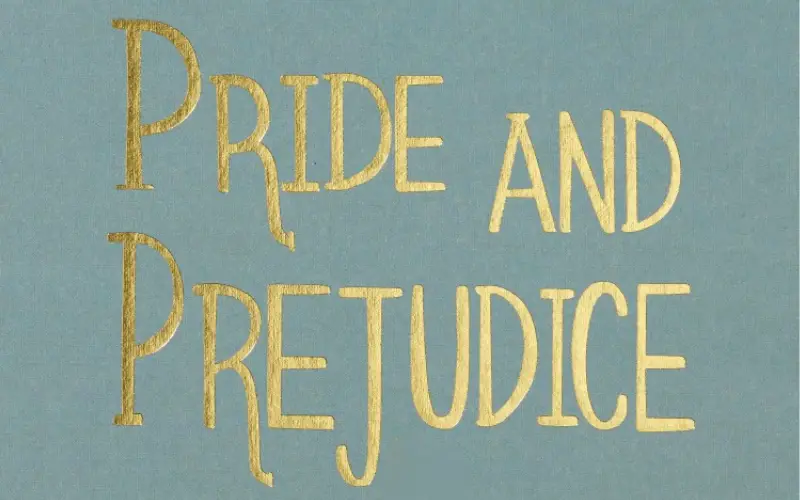
“Pride and Prejudice” follows the lives of the Bennet sisters, particularly Elizabeth and her relationship with the wealthy but proud Mr. Darcy. The novel explores themes of social class, marriage, and the role of women in Regency England. Austen’s narrative style and witty social commentary make it a significant work in the literary canon, showcasing the societal norms and values of the time while critiquing them. The novel’s enduring popularity lies in its complex characters and insightful depiction of human nature.
2. Invisible Man
Ralph Ellison (1952)
“I am an invisible man.“
Ralph Ellison’s “Invisible Man” begins with the protagonist stating, “I am an invisible man,” epitomizing the novel’s central theme of societal invisibility and struggle. It symbolizes marginalization experienced by African Americans and others in a prejudiced society. The invisibility represents being overlooked, misunderstood, and dehumanized, not literally absent but socially unseen. It hints at the protagonist’s identity crisis, navigating societal perceptions based on race. In a broader context, it reflects the plight of marginalized individuals, initiating a narrative delving into race, identity, and the struggle for agency in a biased world.
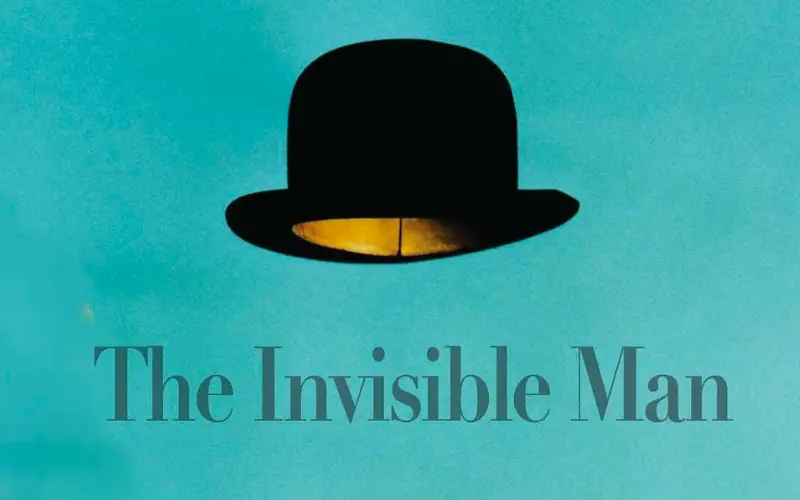
“Invisible Man” narrates the journey of an unnamed African American man through racial prejudice and self-discovery. The plot focuses on his struggle for identity and recognition in a racially charged society. Ellison’s novel is a seminal work in American literature, exploring themes of race, identity, and the invisibility experienced by marginalized communities. Its literary significance lies in its profound exploration of social issues and the psychological impact of racism, making it a critical reflection on American society.
3. The Lion, the Witch and the Wardrobe
C.S. Lewis (1950)
“Once there were four children whose names were Peter, Susan, Edmund, and Lucy. This story is about something that happened to them when they were sent away from London during the war because of the air-raids.”
C.S. Lewis’s “The Lion, the Witch and the Wardrobe” begins by introducing the magical world and adventure. It sets the wartime context, depicting challenges and uncertainties. The direct mention of characters’ names, simple language, and air-raids hint at an escape from reality into a fantastical journey. This opening line prepares readers for the extraordinary adventure in Narnia, offering a respite from the real world.
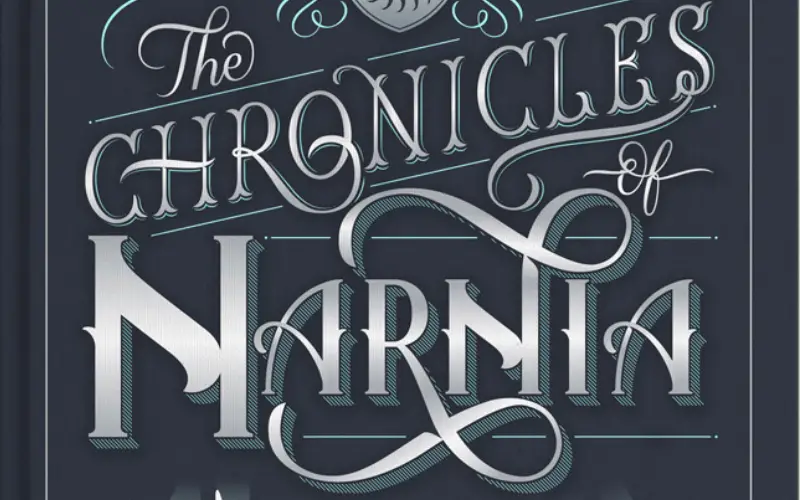
“The Lion, the Witch and the Wardrobe” follows the adventures of four siblings—Peter, Susan, Edmund, and Lucy—during World War II, who discover a magical world called Narnia through a wardrobe. The story revolves around their quest to rescue Narnia from the White Witch’s icy grip with the help of the lion Aslan. It is a classic children’s fantasy novel that explores themes of good versus evil, courage, and the power of redemption. Lewis’ work is significant for its imaginative storytelling, moral undertones, and religious allegory, making it a beloved and enduring piece of literature.
Read More Fun Facts
Learn more fun facts with Trivia Mastermind content.
4. Moby-Dick
Herman Melville (1851)
“Call me Ishmael.“
The initial line of “Moby-Dick” introduces Ishmael, the first-person narrator, establishing a personal and engaging tone. It alludes to the biblical figure Ishmael, hinting at themes of displacement and alienation. Ishmael’s desire for a defined identity and journey of self-discovery are suggested. The line’s simplicity and mystery intrigue readers, setting the narrative’s candid and direct tone.
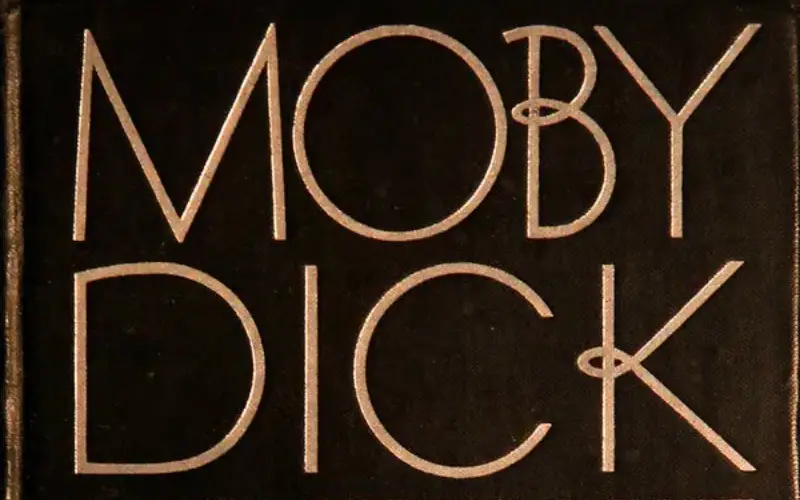
“Moby-Dick” is an epic tale of Captain Ahab’s obsessive quest for revenge against the white sperm whale, Moby Dick, who had destroyed Ahab’s previous ship. The story follows the crew of the Pequod on this harrowing journey and delves into profound themes such as the nature of obsession, the struggle against fate, and the complexity of good and evil. It’s a literary classic renowned for its philosophical depth, intricate characterizations, and its unique narrative style that blends adventure, symbolism, and introspective exploration.
5. Fear and Loathing in Las Vegas
Hunter S Thompson (1971)
“We were somewhere around Barstow on the edge of the desert when the drugs began to take hold.”
The first line of “Fear and Loathing in Las Vegas” thrusts readers into an extraordinary narrative, foreshadowing a drug-fueled journey. It sets a tone of excess, chaos, and escapism, reflecting the characters’ desire to break free from societal constraints. Drugs symbolize altered perspectives and an unreliable narrator. The mention of the desert implies a journey into the unknown.
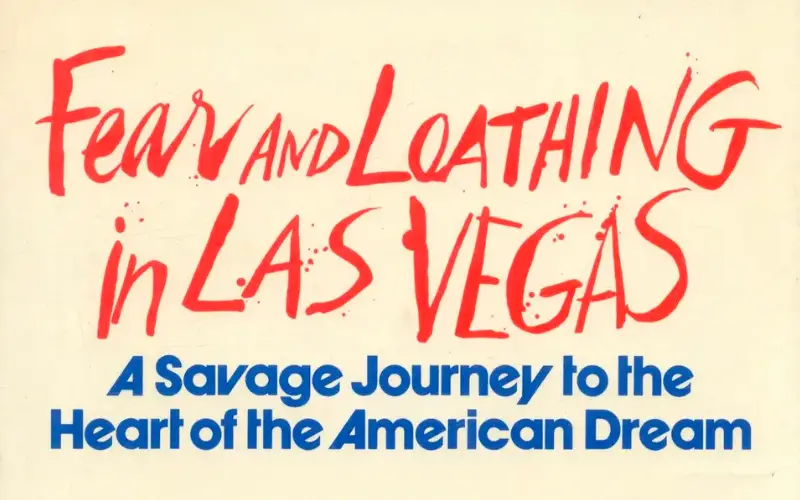
“Fear and Loathing in Las Vegas” is a semi-autobiographical novel narrated by Raoul Duke, a journalist covering a motorcycle race in Las Vegas. Alongside his attorney Dr. Gonzo, they embark on a drug-fueled, chaotic journey reflecting the counterculture of the 1960s. The novel satirizes American society, politics, and the decline of the American Dream during the turbulent ’60s. Its significance lies in its pioneering Gonzo journalism style, blending fiction and journalism to critique society, politics, and the disillusionment of the era. It’s a vivid exploration of the American psyche during a transformative time.
6. A Tale of Two Cities
Charles Dickens (1859)
“It was the best of times, it was the worst of times, it was the age of wisdom, it was the age of foolishness, it was the epoch of belief, it was the epoch of incredulity, it was the season of Light, it was the season of Darkness, it was the spring of hope, it was the winter of despair.“
The opening line of “A Tale of Two Cities” introduces key themes of duality and societal contrasts. It reflects the socio-political context of the French Revolution and universal themes like good vs. evil. The repetition of “it was” emphasizes pervasive contrasts, engaging the reader and hinting at the story’s intensity.
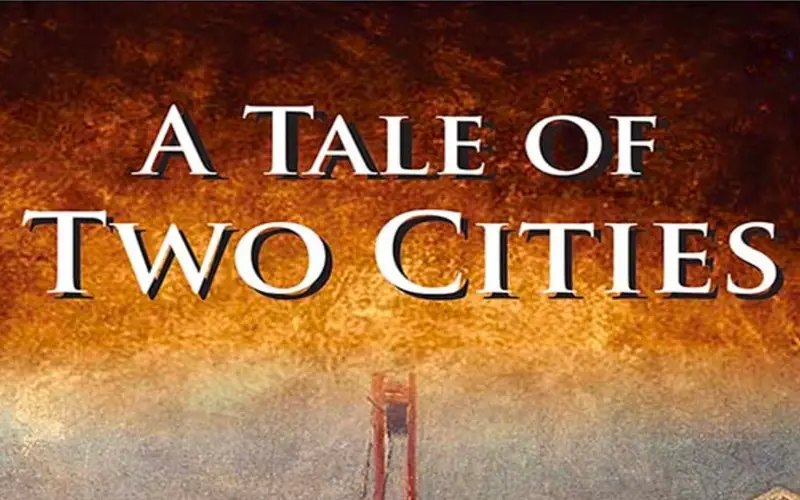
“A Tale of Two Cities” is set in the backdrop of the French Revolution and follows the lives of several characters from London and Paris. It delves into themes of resurrection, sacrifice, and the struggle for justice during tumultuous times. The story intertwines personal and political struggles, depicting the brutality of the revolution. Dickens uses the novel to comment on social injustices and contrasts the societies of London and Paris, emphasizing the need for change and understanding. The book is celebrated for its powerful storytelling, memorable characters, and its exploration of universal themes relevant across eras.
Play Trivia!
Challenge yourself and play trivia questions with answers and explanations.
7. Treasure Island
Robert Louis Stevenson (1883)
“Squire Trelawney, Dr Livesey, and the rest of these gentlemen having asked me to write down the whole particulars about Treasure Island, from the beginning to the end, keeping nothing back but the bearings of the island, and that only because there is still treasure not yet lifted, I take up my pen in the year of grace 17-, and go back to the time when my father kept the Admiral Benbow inn, and the brown old seaman, with the sabre cut, first took up his lodging under our roof.“
The first line of Treasure Island introduces the narrator, tasked with recounting Treasure Island’s story. This establishes a storyteller persona and an air of intrigue. The recounting has a purpose, hinting at significant events. The mention of “keeping nothing back but the bearings of the island” foreshadows the treasure hunt theme. Going back to the Admiral Benbow inn roots the narrative, adding authenticity. Key characters are mentioned upfront, setting the stage for their roles.
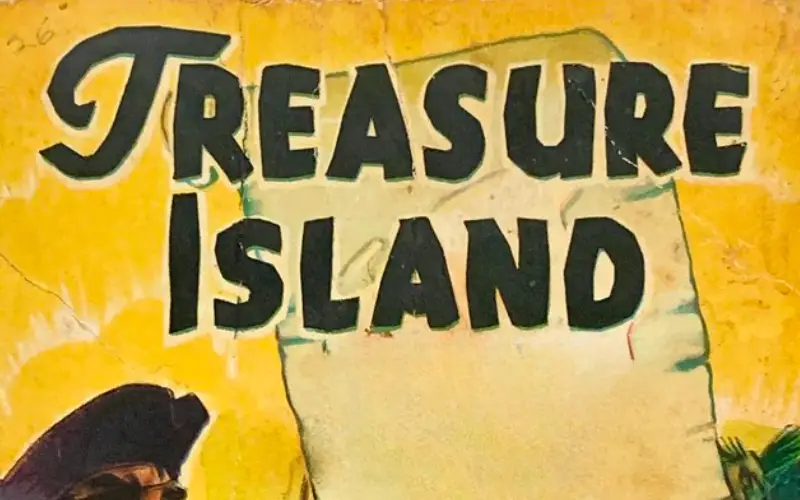
“Treasure Island” follows young Jim Hawkins as he embarks on a perilous journey to find buried pirate treasure. The plot involves a treasure map, a mutiny, and encounters with legendary pirates like Long John Silver. It’s a classic tale of adventure, greed, and moral transformation. Stevenson’s novel is one of the most influential adventure stories, establishing many pirate tropes still popular today. Its impact on adventure literature and portrayal of complex characters, particularly the morally ambiguous Long John Silver, make it a literary classic.
8. The Color Purple
Alice Walker (1982)
“You better not never tell nobody but God. It’d kill your mammy.”
In the first line of “The Color Purple,” the use of African American Vernacular English (AAVE) authenticates the characters and their culture. “You better not never tell nobody” foreshadows secrecy and the burden of silence. “You better” hints at power dynamics, especially within oppressive relationships. “But God” signifies the pervasive theme of faith and resilience. The line sets a tone of mystery, urging readers to uncover hidden stories.
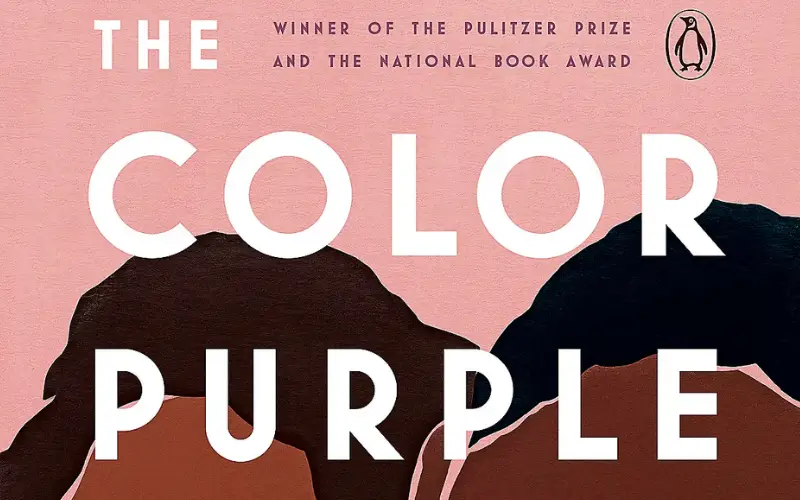
“The Color Purple” revolves around Celie, an African-American woman in the early 20th century, as she endures abuse, seeks her identity, and finds her voice. The narrative explores themes of race, gender, abuse, and the power of female relationships. Walker’s powerful prose and unflinching portrayal of the African-American female experience garnered critical acclaim, winning the Pulitzer Prize for Fiction. It’s celebrated for its cultural impact and contribution to feminist and African-American literature.
9. Trainspotting
Irvine Welsh (1993)
“The sweat wis lashing oafay Sick Boy; he wis trembling.“
In the first line of “Trainspotting,” the Scots dialect immerses readers in the characters’ authentic world. Mentioning sweat and trembling hints at physical distress and sets the stage for exploring struggles. Introducing Sick Boy immediately signals his importance in the narrative. The imagery suggests drug use and addiction, key themes in the story. The vivid description engages readers, offering a taste of the intense world within the narrative.
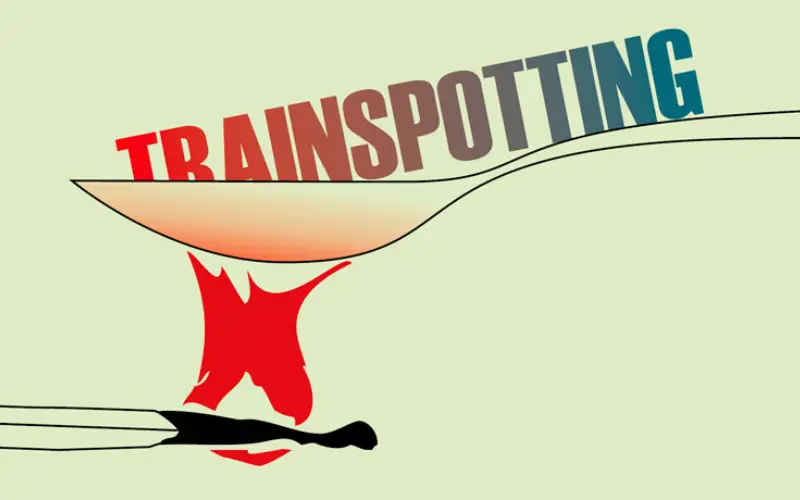
“Trainspotting” follows a group of heroin addicts in Edinburgh, Scotland. It delves into their lives, struggles, and attempts at recovery. The novel’s raw, unapologetic depiction of addiction, poverty, and urban decay offers a stark view of contemporary society. Its use of Scottish dialect and vivid narrative style breaks traditional literary norms, reflecting the alienation and disillusionment of a generation. The book’s impact lies in its portrayal of social issues and the harsh realities of addiction, making it a seminal work of modern Scottish literature.
Read More Fun Facts
Learn more fun facts with Trivia Mastermind content.
10. The Secret Garden
Frances Hodgson Burnett (1911)
“When Mary Lennox was sent to Misselthwaite Manor to live with her uncle everybody said she was the most disagreeable-looking child ever seen.”
The first line of “The Secret Garden” introduces Mary Lennox and hints at her transformation throughout the story. It contrasts her initial appearance with her later emotional and physical changes, central to the narrative. It subtly touches on the theme of perception and the hidden true character. The line sets a tone of curiosity, foreshadowing a theme of transformation and hidden secrets.
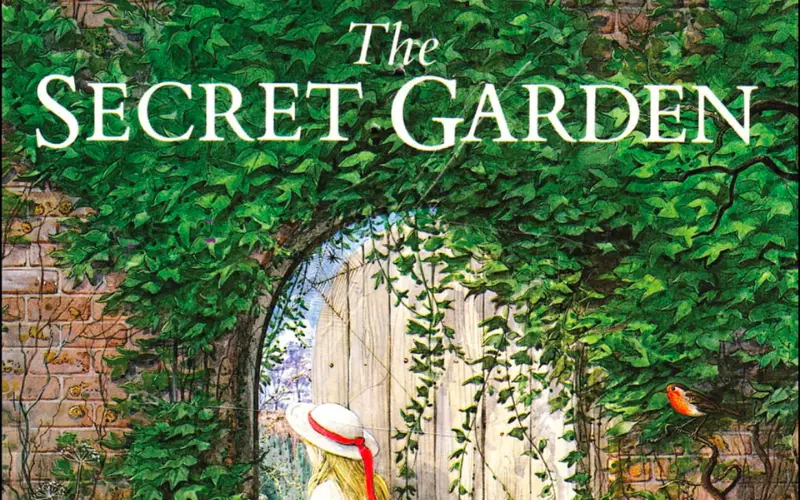
“The Secret Garden” by Frances Hodgson Burnett is about Mary Lennox, a lonely and spoiled girl who discovers a neglected, magical garden on her uncle’s estate. Through the garden and newfound friendships, she undergoes a transformation, bringing healing and joy to herself and others. The novel explores themes of transformation, healing, and the rejuvenating power of nature. It’s considered a classic of children’s literature for its enchanting storytelling and its emphasis on the healing properties of nature and human connections.
11. The Great Gatsby
F. Scott Fitzgerald (1925)
“In my younger and more vulnerable years my father gave me some advice that I’ve been turning over in my mind ever since.“
The first line of “The Great Gatsby” establishes first-person narration by Nick Carraway, implying the lasting impact of recounted events. It reveals Nick’s introspective nature and values, setting the story’s perspective. The theme of memory and family influence is introduced through a reference to advice from Nick’s father. It piques curiosity, signaling a significant tale from Nick’s past.
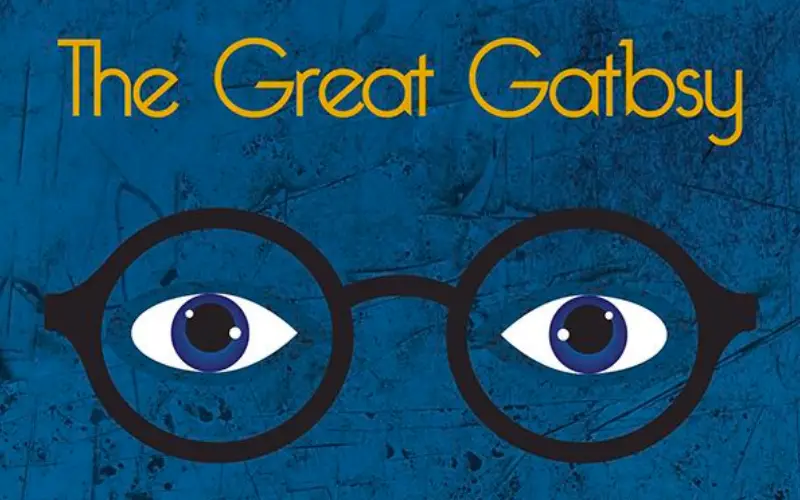
“The Great Gatsby” follows the story of Jay Gatsby, a wealthy and enigmatic man, in 1920s America. He is in love with Daisy Buchanan, married to Tom Buchanan. Gatsby’s pursuit of the American Dream and lost love leads to tragedy. The novel explores themes of the American Dream, wealth, love, and disillusionment. Its literary significance lies in its social commentary on the excesses and superficiality of the Jazz Age and its complex characters illustrating the disillusionment of the American Dream. Fitzgerald’s writing style and symbolism make it a significant work of American literature.
12. Nineteen Eighty-Four
George Orwell (1949)
“It was a bright cold day in April, and the clocks were striking thirteen.”
“Nineteen Eighty-Four’s” first line contrasts “bright” and “cold,” hinting at pervasive paradoxes, echoing the novel’s theme. The clocks striking thirteen immediately signals a dystopian, controlled world. It symbolizes totalitarian authority over even basic aspects like time. The anomaly intrigues readers, setting the stage for a distorted reality.
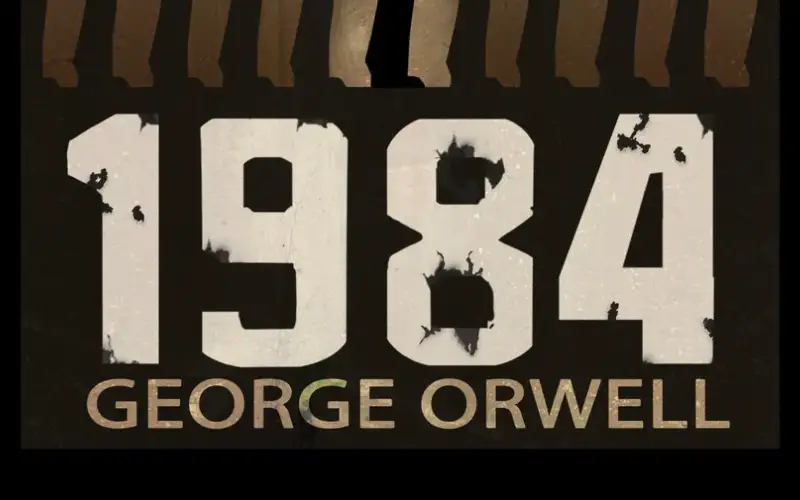
“Nineteen Eighty-Four” is set in a dystopian future under a totalitarian regime led by Big Brother. Winston Smith, a low-ranking party member, rebels against the oppressive system. He falls in love with Julia, and they try to evade the Party’s watchful eye. Eventually, they are caught, tortured, and brainwashed. The book delves into themes of surveillance, propaganda, thought control, and the abuse of power. Its literary significance lies in its critique of totalitarianism, the erosion of truth, and the loss of individualism, making it a seminal work in dystopian fiction.
Play Trivia!
Challenge yourself and play trivia questions with answers and explanations.
13. The Catcher in the Rye
J. D. Salinger (1951)
“If you really want to hear about it, the first thing you’ll probably want to know is where I was born, and what my lousy childhood was like, and how my parents were occupied and all before they had me, and all that David Copperfield kind of crap, but I don’t feel like going into it, if you want to know the truth.“
The opening line of “the Catcher in the Rye” embodies Holden Caulfield’s unique narrative style and rebellion against norms. He resists a typical introduction, signifying his rejection of conformity. Mentions of childhood and disdain for tradition set the stage for understanding his complex character. Holden’s desire for authenticity and honesty engages readers, hinting at his struggle with a superficial world. The line sparks curiosity, paving the way for a direct, personal narrative.
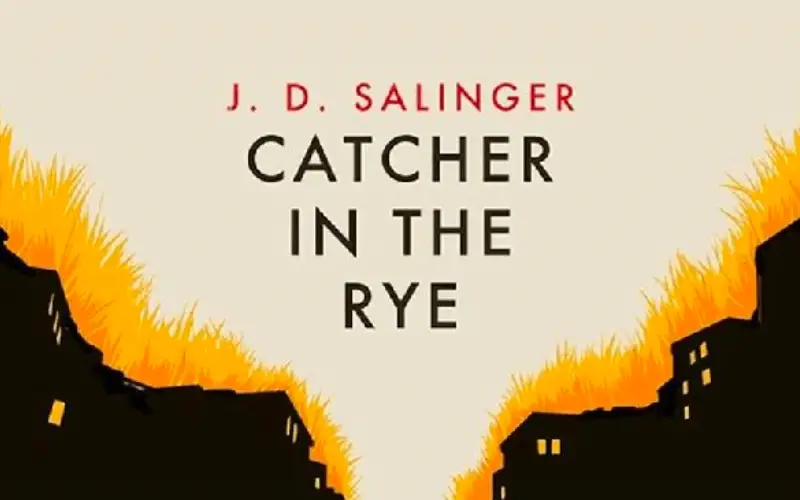
“The Catcher in the Rye” follows Holden Caulfield, a disillusioned teenager expelled from prep school. He navigates the complexities of adolescence, grappling with loss, identity, and societal phoniness. The novel offers a raw portrayal of teenage angst and disconnection. Its literary significance lies in its pioneering exploration of adolescent struggles, employing a unique first-person narrative and influencing a generation of writers with its authentic voice.
14. The Old Man and the Sea
Ernest Hemingway (1952)
“He was an old man who fished alone in a skiff in the Gulf Stream and he had gone eighty-four days now without taking a fish.”
The opening line of “The Old Man and the Sea” introduces Santiago, an aged, resilient fisherman facing prolonged struggle symbolized by “eighty-four days.” This embodies man versus nature, a central conflict. Fishing alone underscores isolation and resilience amidst emotional and physical challenges. The Gulf Stream symbolizes the vast unknown. The line sets a somber, reflective tone, foreshadowing Santiago’s introspective journey and themes of perseverance and interconnectedness with nature.
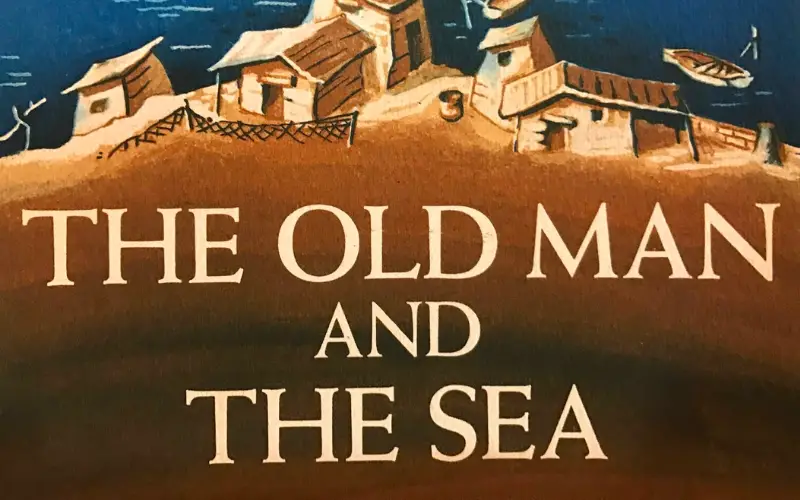
“The Old Man and the Sea” narrates the journey of Santiago, an aged fisherman. He engages in an epic struggle to catch a giant marlin and faces trials on the sea. The novella delves into themes of struggle, human resilience, and existentialism. Hemingway’s concise style and symbolism earned him critical acclaim, showcasing the endurance of the human spirit amidst adversity. The work won the Pulitzer Prize and reaffirmed Hemingway’s position as a master of American literature.
15. Catch 22
Joseph Heller (1961)
“It was love at first sight.“
The phrase “love at first sight” defies expectations, foreshadowing the novel’s dark, satirical humor and central theme of paradox. It introduces a unique tone, alerting readers to the unconventional narrative ahead. Love’s juxtaposition with war encapsulates the broader theme — a commentary on the absurdity and futility of conflict and the human condition’s complexities.

“Catch-22” centers on Captain John Yossarian, a U.S. Army Air Forces B-25 bombardier during World War II. The novel employs a non-linear narrative to expose the absurdity and bureaucracy of war. The term “catch-22” encapsulates a paradoxical rule making it impossible for soldiers to escape dangerous situations. Heller’s work is renowned for its satirical critique of war, bureaucracy, and the human condition. It challenged traditional storytelling and became an iconic piece of American literature from the mid-20th century, often referenced in discussions of power, absurdity, and systemic flaws.
Conclusion
These opening lines are more than mere words; they are invitations to explore the worlds of literature. Each sentence carries the weight of its author’s intent, hinting at the themes, characters, and adventures awaiting us. As we’ve delved into these famous first lines, we’ve witnessed the sheer brilliance and diversity of literary artistry. From the vivid imagery in “Call me Ishmael” to the provocative paradoxes in “It was the best of times, it was the worst of times,” these openings have left an indelible mark on the literary landscape. They remind us that within a few carefully chosen words lies the potential to captivate hearts and minds, sparking a journey through the pages that follow. Truly, these first lines are the heralds of extraordinary tales, urging us to turn that first page and immerse ourselves in the wonders of classic literature.
Read More Fun Facts
Learn more fun facts with Trivia Mastermind content.
Play Trivia!
Challenge yourself and play trivia questions with answers and explanations.



